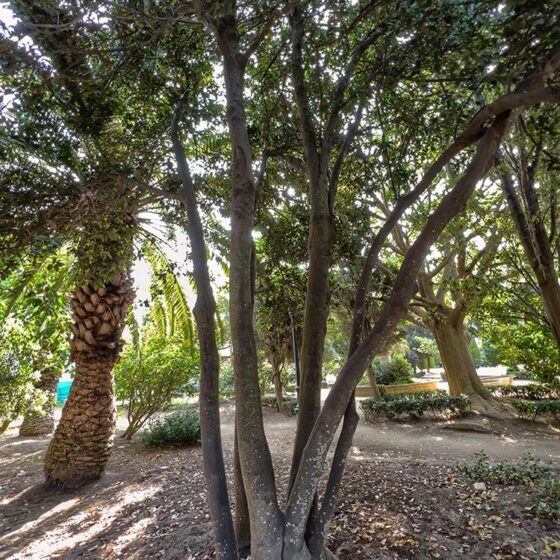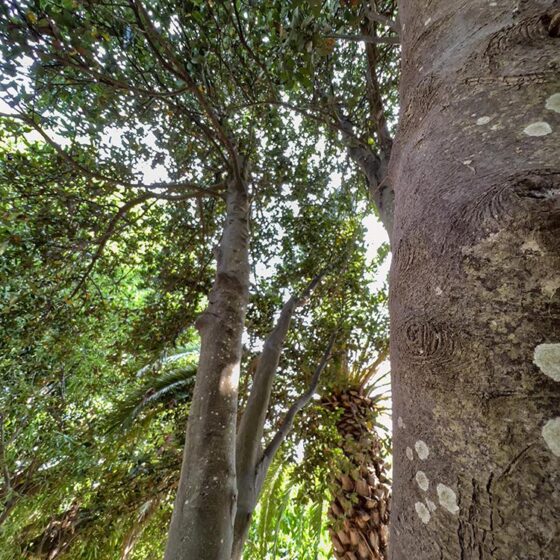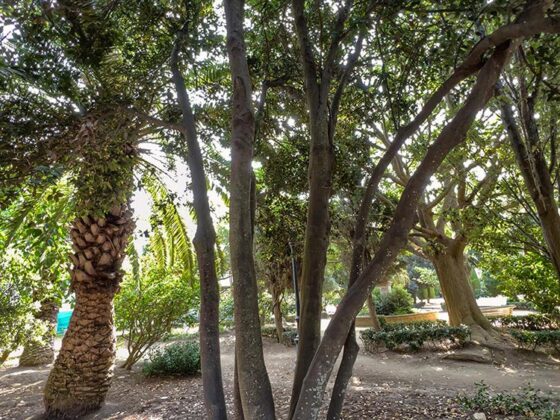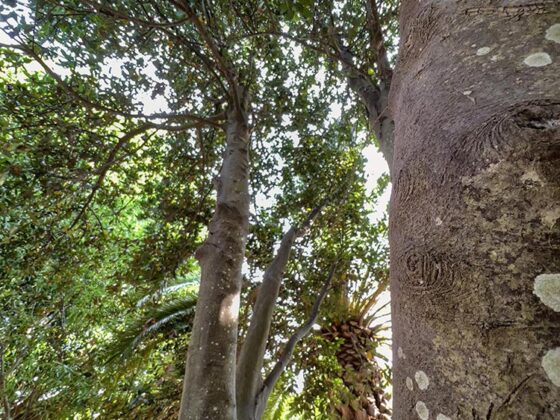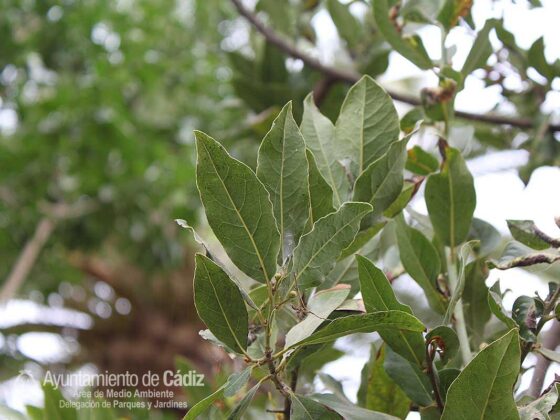Laurel
Laurus nobilis
Laurus nobilis, Bay laurel is a shrub or perennial tree belonging to the family of lauraceae, to which it gives its name. It is native to the Mediterranean area and its leaves are used as a condiment in the kitchen.
The common laurel is an evergreen dioecious tree, 5-10 m tall, has a straight trunk with grey bark and a dense, dark crown. Its leaves are bluish, alternate, lanceolate, somewhat leathery, have an aromatic consistency, with the edge sometimes wavy. The flowers are arranged in sessile umbels and are yellowish. The fruit is a berry, ovoid, 10-15 mm, black when ripe, and gently acuminate with thin pericarp. They ripen in early Autumn.
It is the preferred symbolic object in astrology for the sign Aries.
Also, when talking about the laurel, there is an old saying; “the one who plants a laurel will never see it grow”, alluding to the slow growth of the plant. Although in popular culture it alludes to the death of the one who plants it.
It has symbolic connotations in certain cultures such as Roman and Christian. According to mythology, the laurel is the transformation of the nymph Daphne, who was persecuted by Apollo, and was saved by his father, the Peneus River, transforming it into Laurel; from there, Apollo cut two branches and plaited them creating triumphal crowns that were worn by the victors, generals and emperors of ancient Rome. It still has this connotation as a symbol of victory.
In ancient times it was argued that the laurel protected against lightning; Pliny mentions that a laurel bush planted by man protected the house from a lightning strike.


